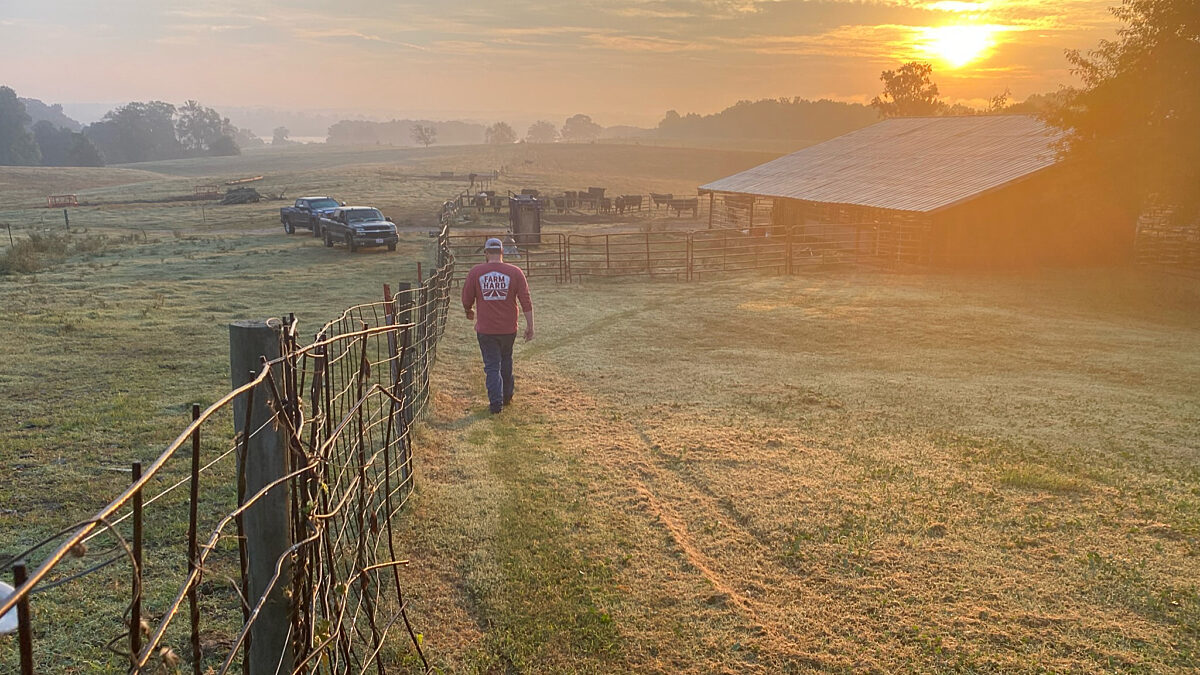Still Farming: The Slow, Steady Course
TOPICS
StillFarmingGuest Author
Special Contributor to FB.org

photo credit: AFBF Photo, Mike Tomko
Guest Author
Special Contributor to FB.org
By Glenn Brunkow @Brunkow
“We live in unprecedented times and need to take unprecedented measures.” I don’t know how many times I have heard this in the last two or three months. I know it is true, but I sure would like to go back to life before COVID-19. I know it’s wishful thinking, and soon we will be back to the new normal, whatever that will be. However, in the meantime things sure are unsettled.
We see that unease in agriculture too, and it worries me. One good thing is I think we have the general public’s attention. There are some cracks in our food supply chain and consumers realize that agriculture cannot be taken for granted. That is good. We can do some good when it comes to the public’s awareness of where food on grocery store shelves comes from. But only if we do it in the right way.
I am encouraging all farmers and ranchers to make the effort on social media to share the story of how we are #StillFarming to provide the food to feed a hungry world.
We must think our actions through. If this pandemic has taught us anything it is that actions this minute can cause unintended consequences.
English writer G. K. Chesterton summed up the desire to make such changes in 1929 when he wrote, “There exists in such a case a certain institution or law; let us say, for the sake of simplicity, a fence or gate erected across a road. The more modern type of reformer goes gaily up to it and says, ‘I don’t see the use of this; let us clear it away.’ To which the more intelligent type of reformer will do well to answer: ‘If you don’t see the use of it, I certainly won’t let you clear it away. Go away and think. Then, when you can come back and tell me that you do see the use of it, I may allow you to destroy it.’”
In short, fences don’t build themselves, and people generally don’t spend their time, energy and capital building a fence which has no purpose. Before you change something, you need to understand the reason it was put in place.
That is why I am proud to be part of Kansas Farm Bureau. We are an organization that is grounded in grassroots activism, and we represent all of agriculture. Just by our very nature we are not prone to falling for the issue of the day and a knee jerk reaction. At times it might be frustrating that our reaction time is slowed by the need to gauge the members and develop policy. However, in the end it helps us to think the issues through and make sound decisions.
It is my opinion that Kansas Farm Bureau and the American Farm Bureau will help lead us through this unprecedented time because we represent all farmers and ranchers and we work to be a unified voice. We have the attention of the consumer, and it is important we work in a coordinated effort to make them understand the importance of a strong and resilient food production system.
I agree there are issues that have been highlighted by this crisis and they need to be discussed, but now is not the time for those discussions. Right now, the fence in the road is how food makes its way from farms and ranches across the country to forks at dining room tables around the globe. This crisis has certainly highlighted some of the challenges on that route, but it’s also given us an opportunity.
That is why I am encouraging all farmers and ranchers to make the effort on social media to share the story of how we are #StillFarming to provide the food to feed a hungry world. This is our time and our opportunity to make an impact; let’s make the most of it.
Glenn Brunkow is a farmer and Farm Bureau leader in Kansas. He’s also a member of the American Farm Bureau’s Grassroots Outreach (GO) Team. This column was originally published by Kansas Farm Bureau.